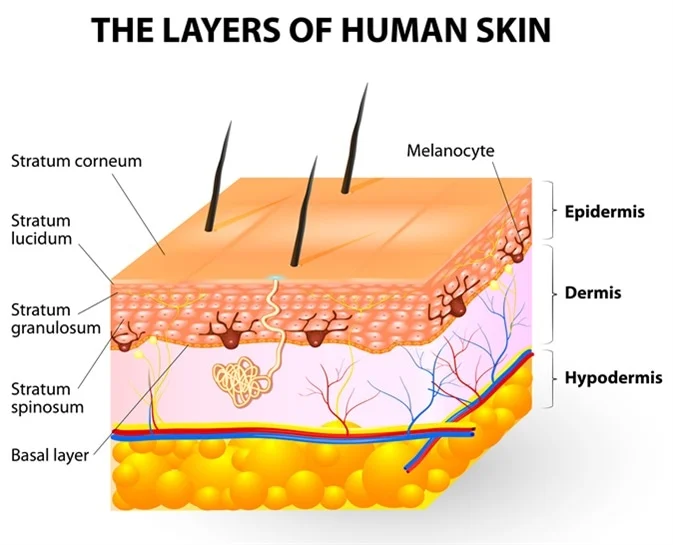Human Pigmentation – Genetics & Research Discoveries
In a groundbreaking study recently featured in the journal Science, researchers led by Dr. Vivek Bajpai, an assistant professor at the School of Sustainable Chemical, Biological, and Materials Engineering at the University of Oklahoma, in collaboration with experts from Stanford University, have unveiled significant insights into the intricate genetics behind human skin, hair, and eye color.

Their work has revealed a total of 135 novel genes linked to pigmentation.
The captivating aspect of human pigmentation is primarily governed by melanin, a light-absorbing pigment.
This pigment is synthesized within specialized structures called melanosomes, nestled within melanocytes – the cells responsible for melanin production.
The variations in melanin levels among individuals result in a diverse spectrum of human skin tones.
To demystify the mechanisms underlying varying melanin production, the team employed a revolutionary gene-editing technology called CRISPR-Cas9.
More than 20,000 genes were systematically removed from countless melanocytes using this method, and the subsequent effects on melanin production were observed.
The key challenge was to pinpoint the genes that directly impact melanin production. To achieve this, the researchers had to distinguish melanocytes that lost melanin due to gene removal from those that remained unaffected.
Dr. Bajpai devised an ingenious method using in vitro cell cultures. He could distinguish between cells with varying melanin content by utilizing a novel approach that measured melanin-producing activity.
This was accomplished by assessing how light passed through the melanocytes and interacted with the melanin present.
Dr. Bajpai explained, “Based on the scattering of light, we could differentiate cells with high and low melanin content. This allowed us to uncover the genes responsible for modulating melanin production.”
This meticulous analysis led to the identification of numerous genes with a profound impact on melanin levels. Astonishingly, among the 169 genes with such influence, 135 had never before been linked to pigmentation.
The study’s significance was further heightened by the elucidation of the functions of two newfound genes: KLF6 and COMMD3.
The KLF6 gene, a DNA-binding protein, was found to be associated with reduced melanin production in both humans and animals, thus affirming its role across various species.
Meanwhile, the COMMD3 protein was revealed to control melanin synthesis by regulating the acidity within melanosomes.
Historically, darker pigmentation conferred protection against harmful ultraviolet radiation, which was particularly crucial for populations residing closer to the equator or frequently exposed to direct sunlight.
However, as human habitats expanded into regions with reduced sunlight exposure, the need for extensive melanin production diminished, resulting in lighter pigmentation to enhance sunlight absorption.
Dr. Bajpai emphasized the practical implications of their findings: “Understanding the factors governing melanin production not only aids in safeguarding fair-skinned individuals against skin cancer but also opens avenues for developing treatments for pigmentation-related conditions like vitiligo.”
The technological breakthroughs established by this research could potentially be adapted to identify genes governing melanin production in bacteria and fungi.
This could pave the way for tackling diseases caused by these microorganisms by targeting the genes responsible for melanin synthesis.

Dr. Bajpai’s pioneering contributions were made during his tenure at the University of Oklahoma, with some of the research conducted during his postdoctoral research fellowship at Stanford University.
Funding for the study was provided by the Oklahoma Center for Adult Stem Cell Research, the U.S. Department of Defense, the Howard Hughes Medical Institute, the National Institute of General Medical Sciences, and other generous supporters.
Materials provided by University of Oklahoma. Original written by Josh DeLozier. Note: Content may be edited for style and length.
Journal Reference:
- Vivek K. Bajpai, Tomek Swigut, Jaaved Mohammed, Sahin Naqvi, Martin Arreola, Josh Tycko, Tayne C. Kim, Jonathan K. Pritchard, Michael C. Bassik, Joanna Wysocka. A genome-wide genetic screen uncovers determinants of human pigmentation. Science, 2023; 381 (6658) DOI: 10.1126/science.ade6289









